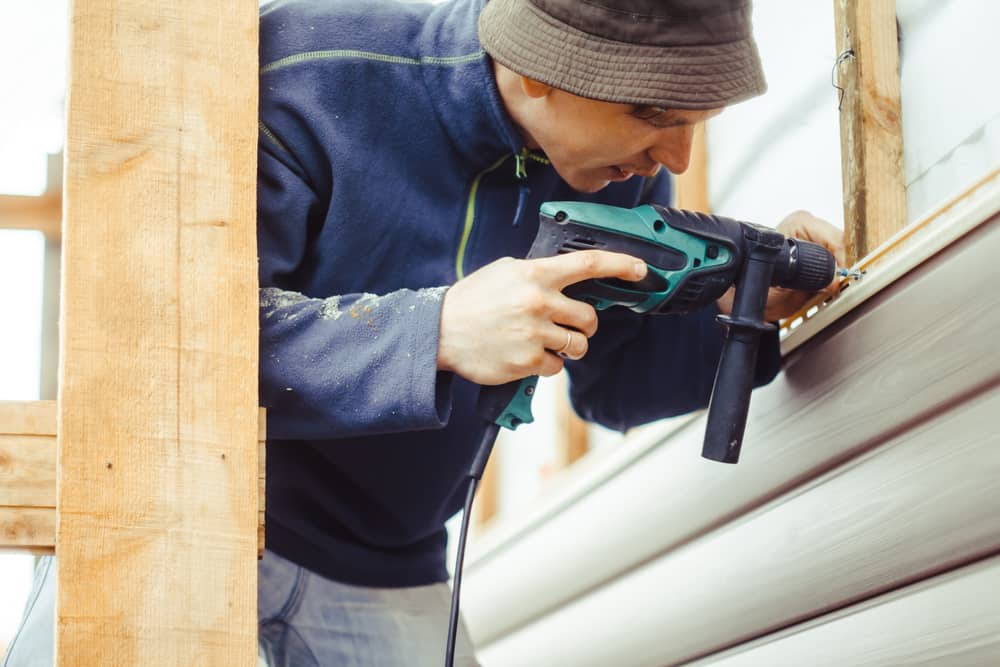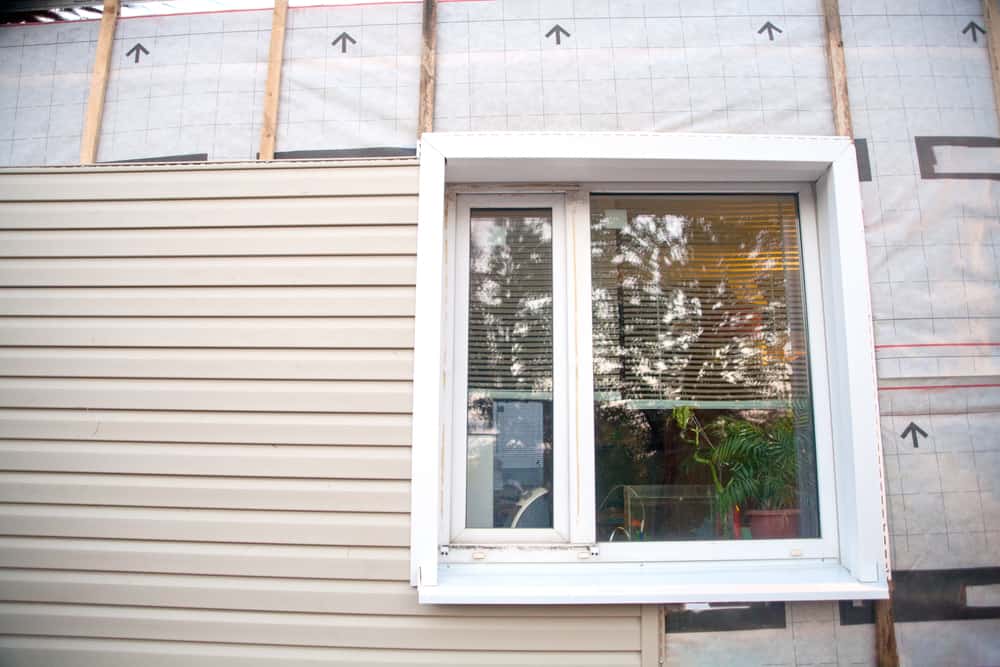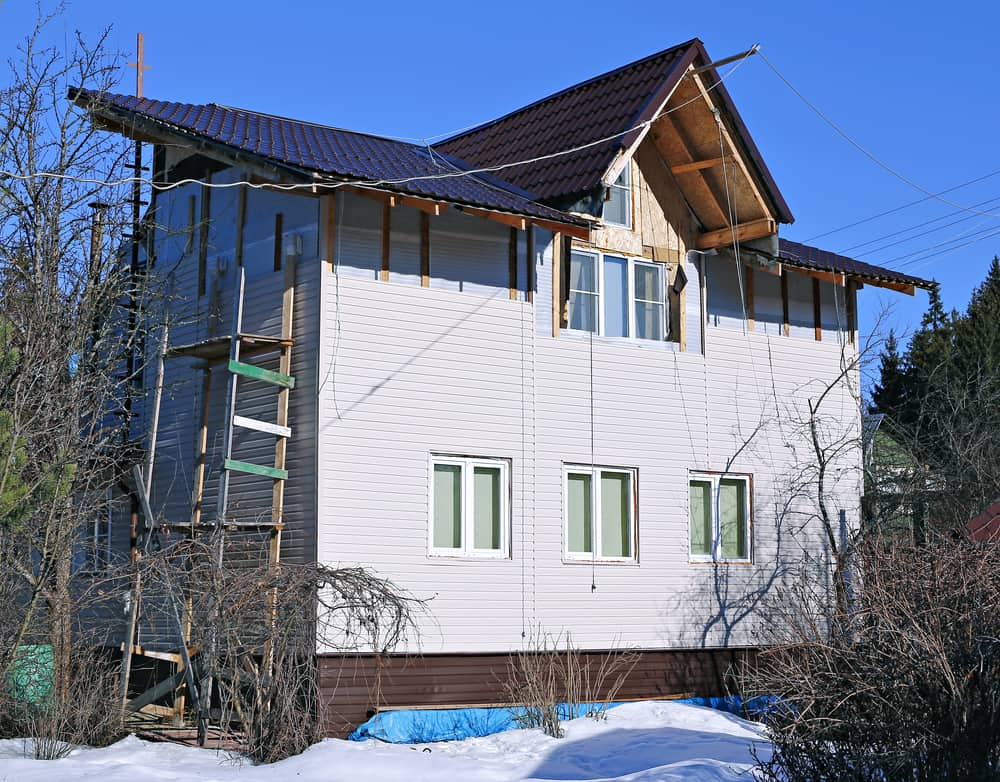Vinyl Siding Installation in North Stonington, CT
Siding That Actually Lasts in Connecticut Weather
Professional vinyl siding installation that protects your home from nor’easters, ice storms, and everything else Connecticut throws at it.

Hear from Our Customers

North Stonington Siding Contractors
You stop worrying about your exterior every time the weather turns. No more scraping and repainting every few years. No more watching your energy bills climb because your house can’t hold temperature.
Quality vinyl siding means your home stays protected through Connecticut’s brutal winters and humid summers. You get decades of performance instead of constant maintenance headaches.
Your home looks sharp, holds its value, and gives you one less thing to stress about. That’s what happens when the installation is done right the first time.
Sullivan Contracting North Stonington
Sullivan Contracting has been handling exterior projects in southeastern Connecticut for years. We understand what works here and what doesn’t.
North Stonington homes face unique challenges – from coastal moisture to ice damage. We’ve seen what happens when siding isn’t installed properly for this climate.
Our team knows local building requirements and uses installation techniques that actually hold up to Connecticut weather. We’re not learning on your project.

Siding Installation Process Connecticut
We start with a thorough assessment of your current siding and underlying structure. Every house is different, and we need to understand what we’re working with before we quote anything.
Next comes material selection and project planning. We’ll walk through options that make sense for your home’s style and your budget. No pressure, just clear information about what each choice means long-term.
Installation happens in phases to minimize disruption to your daily routine. We protect your landscaping, clean up daily, and keep you informed about progress. When we’re done, you get a walkthrough explaining care and maintenance to maximize your investment.

Ready to get started?
Vinyl Siding Services North Stonington
Complete siding installation includes proper underlayment, insulation upgrades where needed, and trim work that matches your home’s architectural details. We don’t cut corners on the parts you can’t see.
You get materials rated for New England weather conditions. That means siding designed to expand and contract with temperature swings without cracking or pulling away from your house.
All work meets Connecticut building codes and manufacturer specifications. This protects your warranty and ensures the installation performs as intended. We handle permits and inspections so you don’t have to navigate that process.

